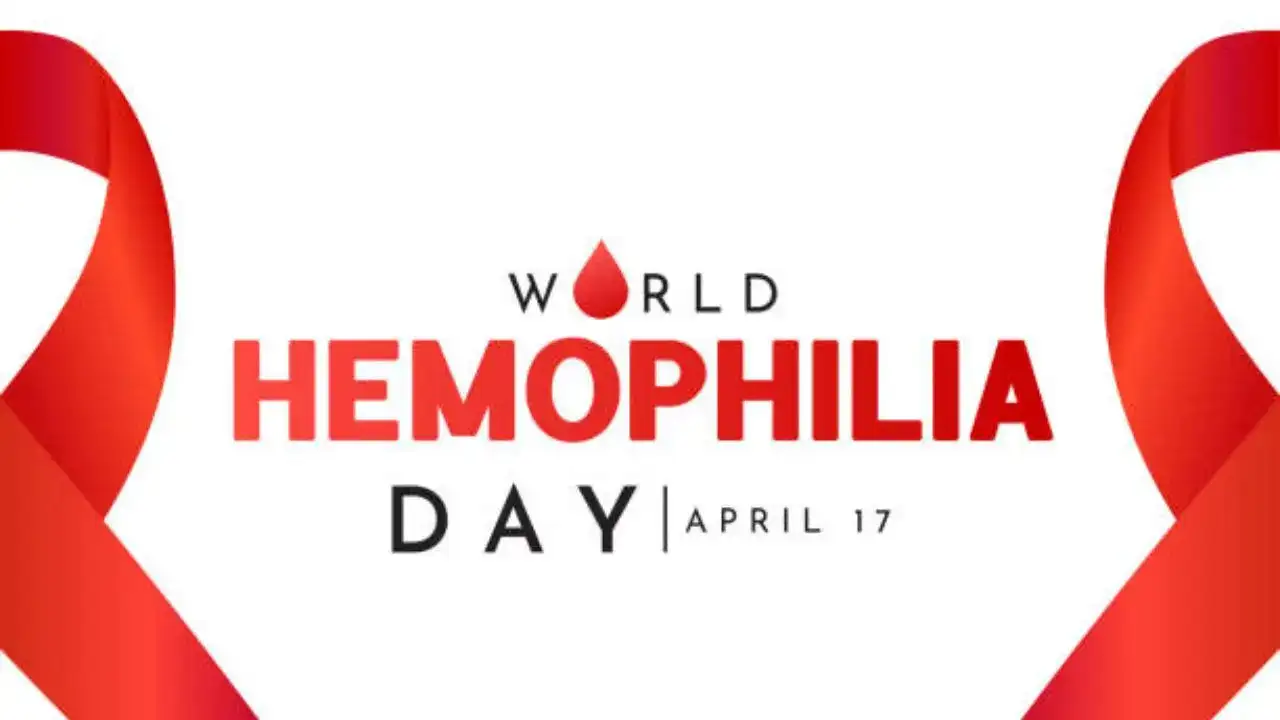Ashima Sharda Mahindra • 18 Apr 2025
World Hemophilia Day: Most Cases In India Are Underdiagnosed, According To Experts; Here's Why

Despite the improvement and availability of medical technology, hemophilia is grossly underdiagnosed and detected
Despite the improvement and availability of medical technology, hemophilia is grossly underdiagnosed and detected in India. The condition, a bleeding disorder that prevents blood from clotting, happens due to the inability of your body to produce the anti-hemophilic factor, or AHF, in the required quantity.
There is no known cure for this disorder.
According to experts, there are over 2 million cases - estimated to be the second highest number of patients with hemophilia in India, which is a lifelong bleeding disorder that prevents blood from clotting.
Why is hemophilia underdiagnosed in India?
According to experts, the condition is underreported due to a combination of limited awareness, poor access to diagnostic tools, and stigma surrounding bleeding disorders. “Although the genetic basis of hemophilia is well established, it is estimated that only 15–20 per cent of cases in India are officially diagnosed. This equates to thousands of people, particularly rural and underserved populations, existing without knowing they have a condition that can be managed,” Dr. Thenral S Geetha, Principal Scientist, MedGenome, told Times Now.
According to Dr. Geetha, the patients, who approach doctors with complaints like unexplained bruising, joint swelling, or bleeding that will not stop—are often misinterpreted or not addressed, particularly in the absence of a known family history.
She has called for genetic testing, which can help not only manage the condition but also prevent and predict future risks of the disease. “Most importantly, genetic testing is even useful in de novo mutation situations, directing us with clarity and purpose. By integrating genetic testing and counselling into routine public health clinics, particularly for families with a history of a bleeding disorder, we can reduce delays in diagnosis, prevent complications, and help make informed choices,” Dr. Geetha added.

Hemophilia is caused by the failure of the body to produce the factor required for coagulation. Its symptoms include:
- Spontaneous bleeding into the joints
- Bruising
- Bleeding into the skin
- Bleeding into the muscle and soft tissue
- Blood in stool or urine
- Bleeding after a shot
- Nosebleeds
- Bleeding in the gums or mouth
What happens if you have hemophilia?
Doctors say if it is not diagnosed early, the constant bleeding into joints, bones, and muscles can lead to painful arthritis and permanent joint deformities. It can even result in death.
“In Hemophilia A, improper or delayed management often leads to repeated joint bleeds, which over time cause chronic joint damage and mobility issues,” said Dr. Rasmi Palassery, Consultant, Pediatric Oncologist, Hematologist and Bone Marrow Transplant Physician, Ramaiah Institute of Oncology, Ramaiah Memorial Hospital.
Those with severe hemophilia can also develop life-threatening bleeding in their brains. Brain bleeds may lead to persistent headaches and double vision or make you feel very sleepy.
How do doctors diagnose hemophilia?
A doctor will make the diagnosis by doing a complete history and physical examination. If you have hemophilia symptoms, they will ask about your family’s medical history along with the following tests:
Complete blood count
Doctors use this test to measure and study blood cells.
Prothrombin time test
This test is done to see how quickly your blood clots.
Partial thromboplastin time test
It helps find out about blood clot formation.
Specific clotting factor test
This blood test shows levels of specific clotting factor levels
Get Latest News Live on Times Now along with Breaking News and Top Headlines from Health and around the world.